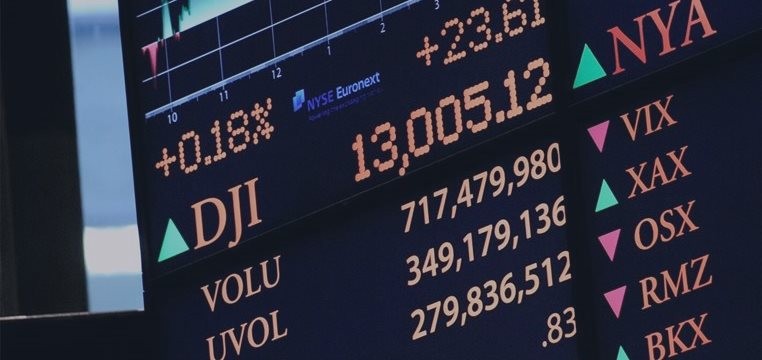Although Dow Theory was written over 100 years ago most of its points
are still relevant today. Dow focused on stock indexes in his writings
but the basic principles are relevant to any market.
Dow Theory is broken down into 6 basic tenets. In this lesson we are going to take a look at the first 3. The first tenet of Dow Theory is that The Markets Have 3 Trends.
• Up Trends which are defined as a time when successive
rallies in a security price close at levels higher than those achieved
in previous rallies and when lows occur at levels higher than previous
lows.
• Down Trends which are defined as when the market makes successive lower lows and lower highs.
• Corrections which are defined as a move after the
market makes a move sharply in one direction where the market recedes in
the opposite direction before continuing in its original direction.



The second tenet of Dow Theory is that Trends Have 3 Phases:
• The accumulation phase which is when the “expert”
traders are actively taking positions which are against the majority of
people in the market. Price does not change much during this phase as
the “experts” are in the minority so they are not a large enough group
to move the market.
• The public participation phase which is when the
public at large catches on to what the “experts” know and begin to trade
in the same direction. Rapid price change can occur during this phase
as everyone piles onto one side of a trade.
• The Excess Phase where rampant speculation occurs and the “smart money” starts to exit their positions.

The third tenet of Dow Theory is that The Markets Discount All News,
meaning that once news is released it is quickly reflected in the price
of an asset. On this point Dow Theory is in line with the efficient
market hypothesis which states that:
“the efficient market hypothesis (EMH) asserts that financial markets
are "informationally efficient", or that prices on traded assets, e.g.,
stocks, bonds, or property, already reflect all known information and
therefore are unbiased in the sense that they reflect the collective
beliefs of all investors about future prospects.”



